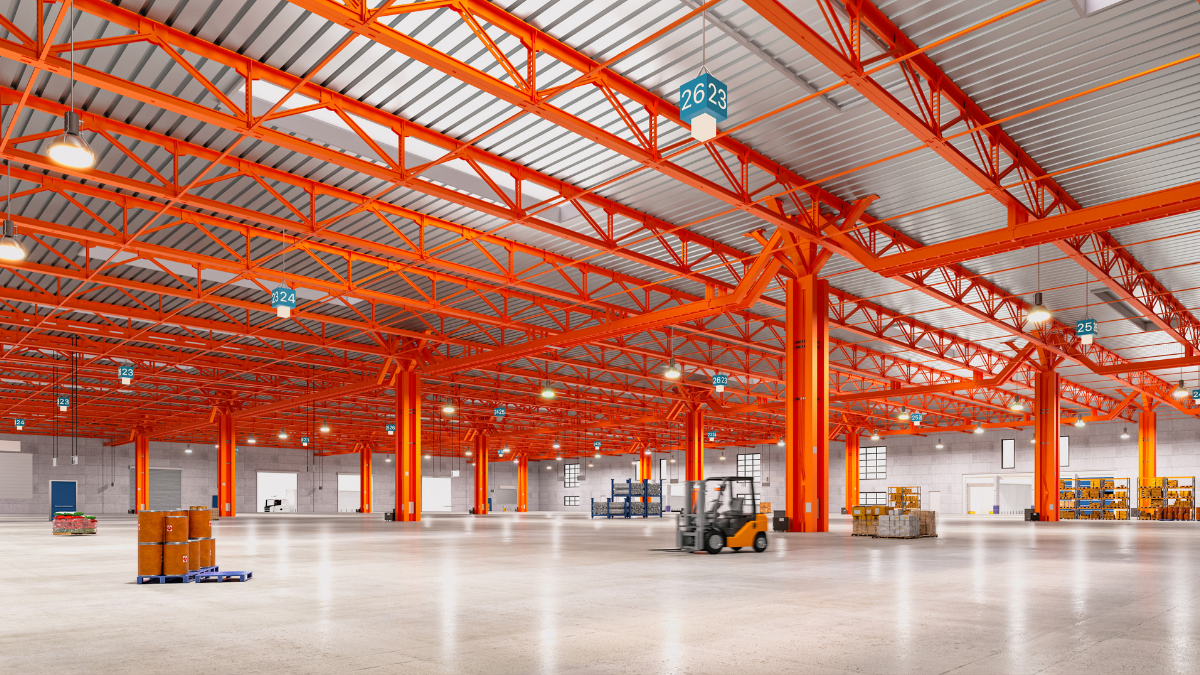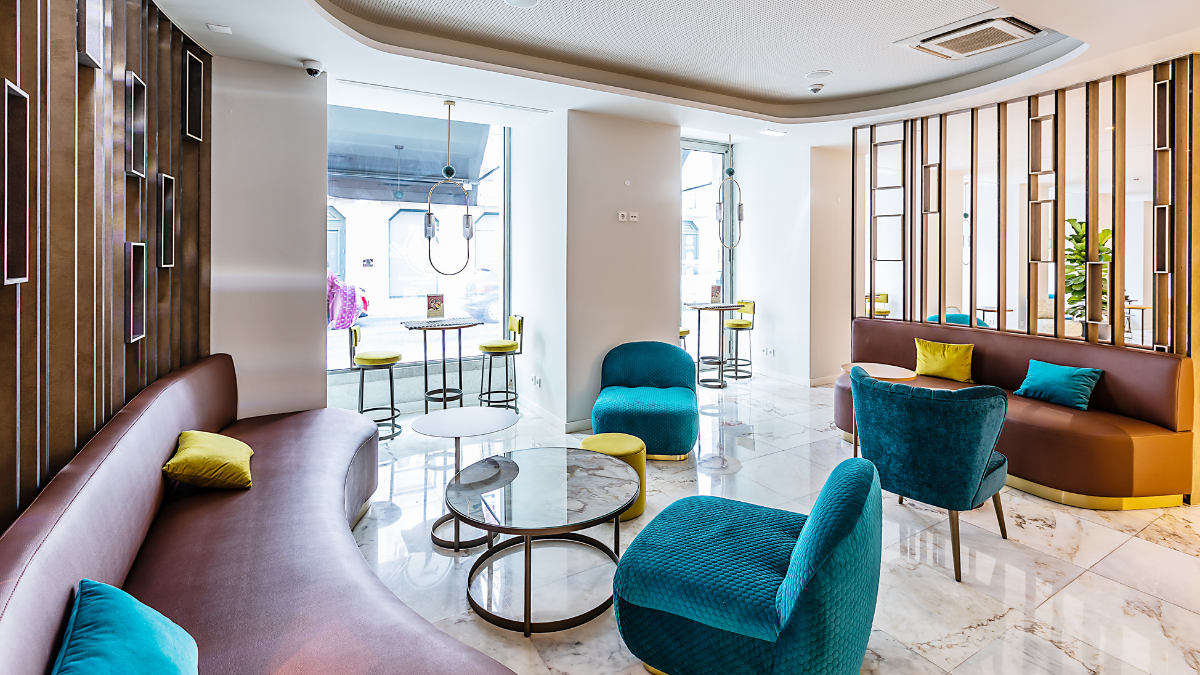Painting is much more than aesthetics in the context of industrial facilities. Maintenance, asset protection, and—above all—workplace safety and regulatory compliance all depend on it. As industrial painters, we at Campione Painters are aware that our job is not just done. We play a key role in designing spaces that are not only aesthetically pleasing and long-lasting, but also safe for employees and adhere to strict industry standards.
Painting projects for factories, warehouses, power plants, or chemical facilities present special difficulties. These settings frequently include intricate machinery, dangerous materials, and stringent operating procedures. As a result, industrial painters’ knowledge goes far beyond simply painting; it includes a thorough comprehension of safety protocols, environmental laws, and specific application methods that guarantee the painted surfaces’ long-term integrity and safety.
Prioritize safety: The Fundamentals of Industrial Painting
Safety is the top priority for industrial painters. Every project starts with a thorough risk assessment and a carefully thought-out safety procedure.
- Our teams carry out comprehensive hazard assessments prior to starting any work, identifying potential risks like asbestos, lead-based paint, confined spaces, working at heights, or being close to live electrical equipment. After that, mitigation techniques are put into practice, such as specific containment, ventilation, and lockout/tagout protocols.
- PPE, or personal protective equipment: It is impossible to compromise on proper PPE. Depending on the particular paints, solvents, and working conditions, these include respirators, eye protection, chemical-resistant gloves, protective clothes, fall protection harnesses, and hard hats.
- Safety of Surface Preparation: Abrasive blasting, power washing, and chemical stripping are common preparation techniques that produce dust, debris, and fumes. Industrial painters receive training on how to handle, contain, and dispose of these materials safely.
- Fall Protection: Strict fall protection measures, such as scaffolding, aerial lifts, and personal fall arrest systems, must be used when working on elevated structures, tanks, or high ceilings. These devices must be inspected and used in accordance with OSHA regulations.
- Confined Space Entry: Tanks, ships, and pits are common locations for industrial painting projects. Air monitoring, ventilation, and rescue plans are among the confined space entry procedures for which our teams have received training and certification.
Did you know
The intricate nature of the materials and environments involved in industrial painting often necessitates specific training and certification in areas such as lead abatement, confined space entry, and hazardous material handling (HAZMAT).
Please visit our Gallery to take a visual tour of some of our successfully finished projects where accuracy and safety were crucial.
Our experience also includes making sure that every project satisfies or surpasses these exacting standards, giving our clients peace of mind. To ensure competent and legal service, we keep up-to-date licenses, certifications, and insurance.
Please visit our Services page to learn more about our extensive industrial painting services and our dedication to safety and compliance.
Commonly Asked Questions
How do industrial painters control their impact on the environment, particularly when using dangerous paints?
A: We use techniques such as applying low-VOC coatings, putting in place containment systems (such as shrouds and negative air machines) to collect dust and overspray, and closely adhering to the correct protocols for the collection, labeling, and disposal of hazardous waste through authorized waste management facilities.
What steps must be taken to guarantee safety before painting in a facility that is currently in use?
A: Planning is essential. Risk assessments tailored to each site, the creation of a thorough safety plan, liaising with facility management to arrange work during downtime or to carry out isolation protocols, the installation of safety barriers, adequate ventilation, and open communication with all parties involved are all included in this.
There is more to selecting an industrial painting contractor than just locating a painter. It involves collaborating with professionals who place a high value on workplace safety and legal compliance to guarantee that your project is carried out perfectly, responsibly, and safely. We at Campione Painters offer unmatched expertise and an unwavering dedication to quality that extends beyond the final product.
For a safe and legal industrial painting project, give Campione Painters a call at (404) 587-5723.



